Royal Mail are to postpone the £5 fines they’ve been dishing out to the recipients of fake stamps until at least the end of July, but this could well be extended. Recipients will find a yellow sticker which instead of informing them of a fine, warns a fake stamp was used and that the fine has been waived.
Bad news for anyone inadvertently buying fake stamps however, if you put a return address on the envelope it’ll be returned to you and you’ll get the £5 fines.
Royal Mail has been under considerable pressures to stop the fines – it’s hugely unfair to fine an innocent recipient of a letter for something they have no control over.
The question remains as to how fake stamps are getting into circulation. Yes we have no doubt that forgers produce counterfeit stamps, but how do they get a single fake in a book of four purchased at a Post Office? Surely Royal Mail aren’t going to accuse all the Post Office employees of fraud again? And what about fake purchased from big supermarkets…. or even sourced from Royal Mail directly?
Somewhere we suspect that Royal Mail has a bigger problem than simply the existence of fake stamps. We surmise that in many instances genuine stamps are being identified as fake simply because the barcode has already been used and that’s a huge issue Royal Mail need to solve.
Royal Mail say that they will bring back the £5 charges for recipients of fake stamps once an online scanner has been made available which they claim will be capable of determining if a stamp is genuine.
Our opinion of this online scanner is not great – the little old lady that buys a book of stamps in the Post Office to send her grandchild a birthday card is hardly likely to log on to a scanner to verify she hasn’t bought a fake. Indeed, my own mother doesn’t even have a smart phone or internet access so how is she supposed to use an online scanner?
Plus we’re told that fakes can be identified as having an unusually shiny surface, unusual colouration or inaccurate perforations… will a scan of a stamp really show if it’s too shiny, or is that just sunlight on the stamp? We suspect that the scanner will merely read the barcode and check if it’s been used previously or not and if that’s all it does it doesn’t mean the stamp in your hand is a fake. It means Royal Mail have already let a fake slip through.

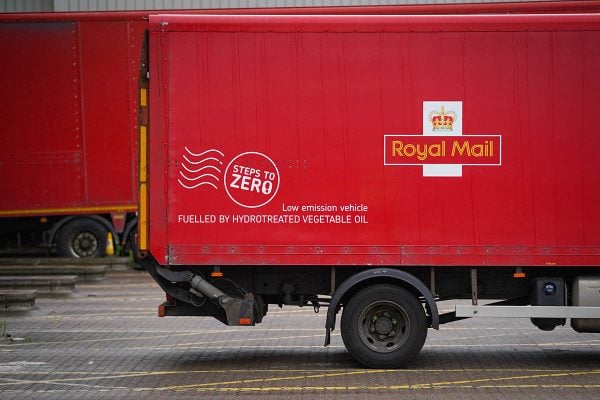


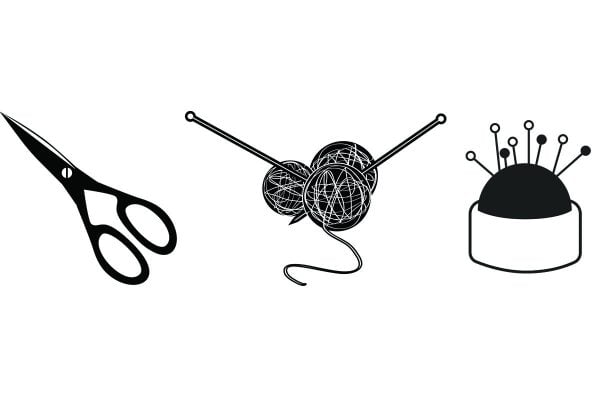
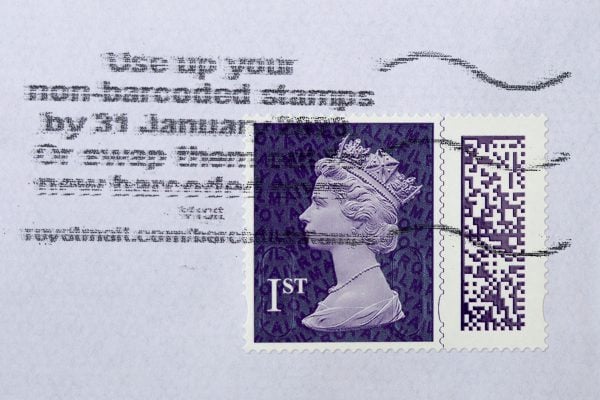

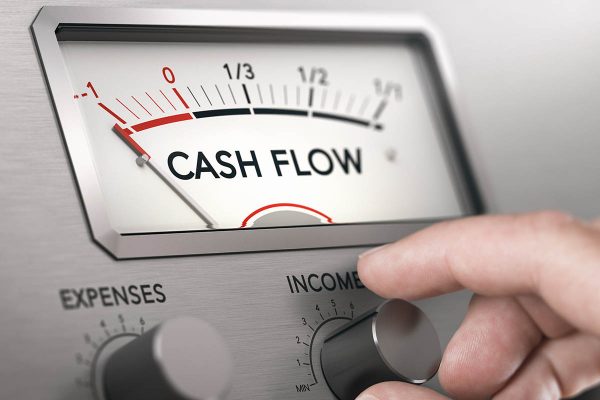
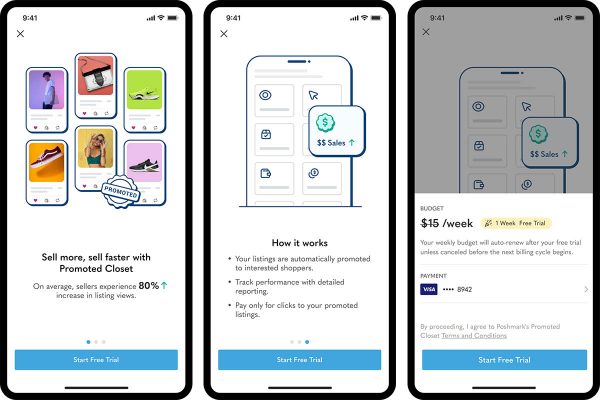
One Response
It seems to be a great way to undermine faith in the utility of postage stamps and letter post in general … like RM wanted to get rid of the system altogether and just take parcels … hope I’m wrong.
When the barcoded stamps first appeared I was a bit surprised that they were not scanned as they went over the counter at the post office but I guess RM probably knew to steer clear of changes to Post Office Counter software lest they end up in at a public enquiry.